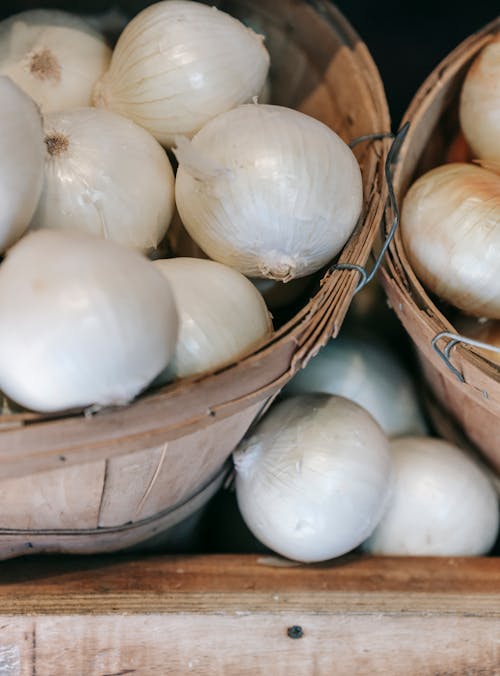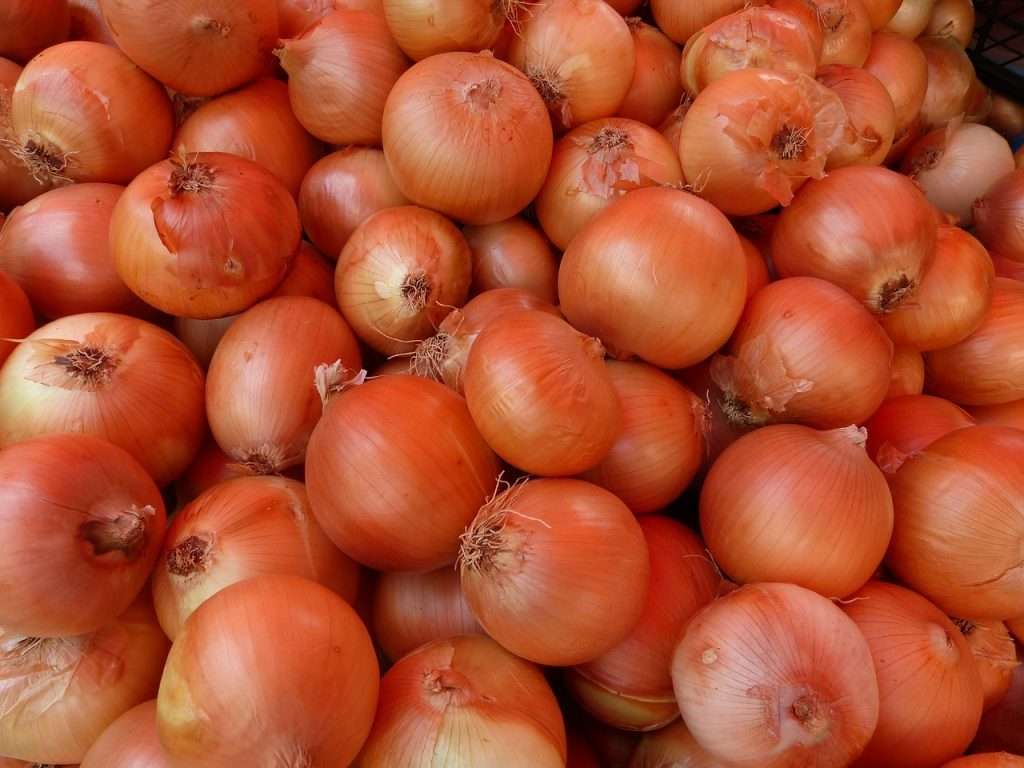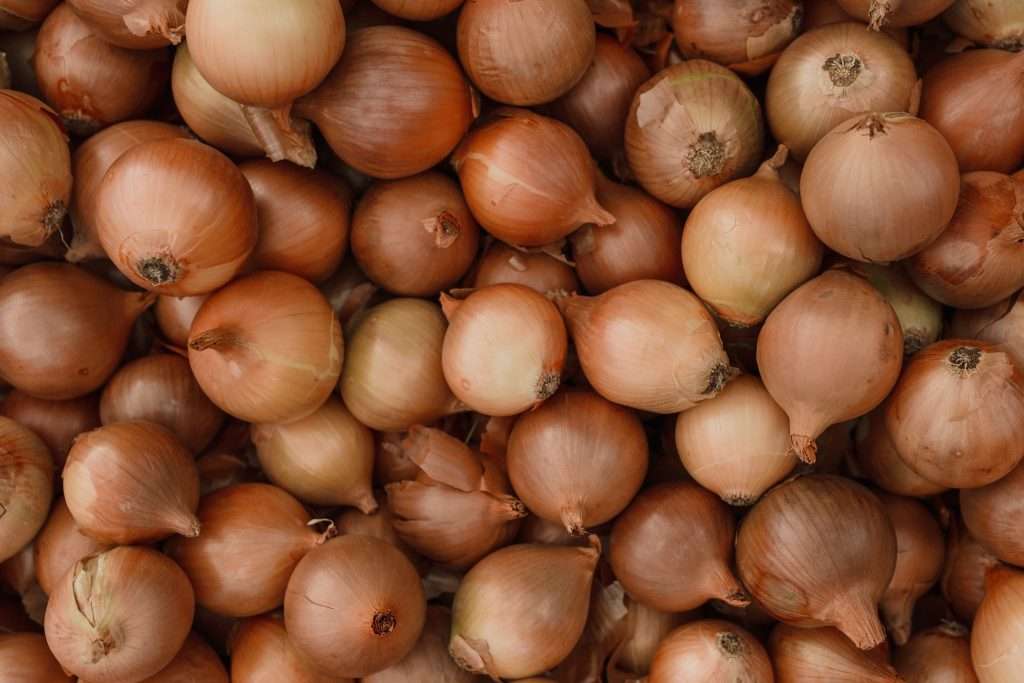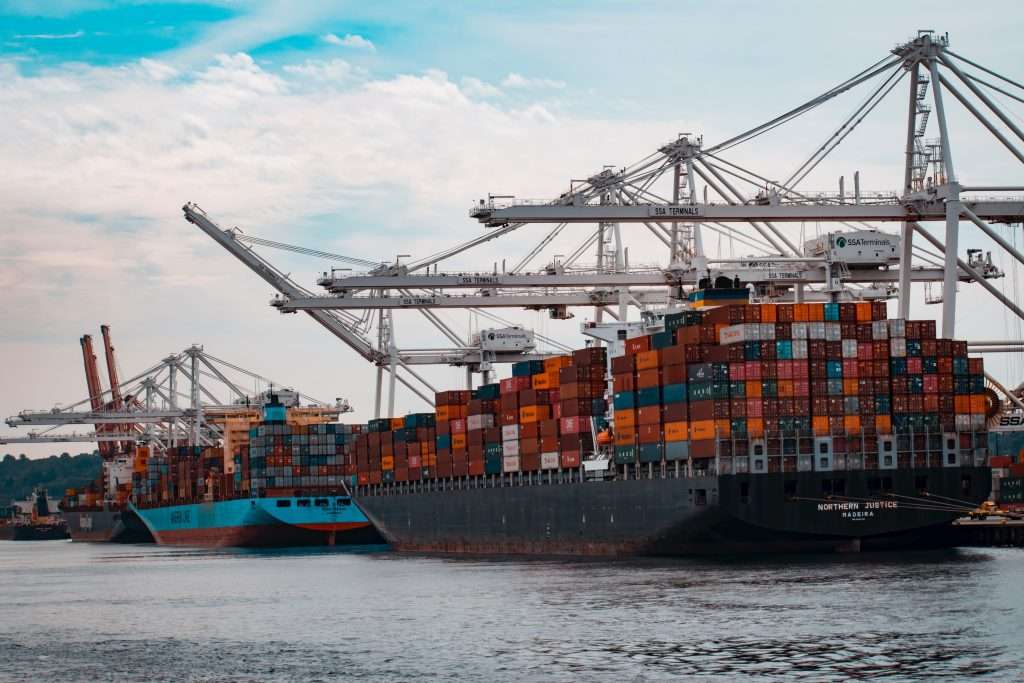Introduction
Welcome to this comprehensive guide on understanding the onion trade market. The world’s most popular vegetable, onions are essential to many different cuisines. This article attempts to offer insightful information, market trends, and critical details to help you better understand the onion trade industry, regardless of whether you are a farmer, exporter, or simply interested in it. So let’s explore the intriguing world of onion trading in depth!
Understanding the Onion Trade Market
Onions have always played a significant part in culinary traditions all across the world thanks to their distinct flavor and flexibility. They belong to the Allium family, which also contains garlic, shallots, and chives. They are a member of the Allium family, which includes chives, shallots, and garlic. The onion trade market encompasses the cultivation, distribution, and export of onions from producing regions to consumer markets worldwide.
Onions are grown in numerous countries, with India, China, and the United States being the top producers. The onion trade market is influenced by various factors, including weather conditions, crop yield, demand-supply dynamics, transportation logistics, and trade policies.
Mariya Farm, a renowned agriculture exporter from India, has carved a niche in the global market with their premium onions sized 55mm and above. Experience their commitment to quality and reliability for all your onion export needs.

Market Trends and Insights
To gain a deeper understanding of the onion trade market, let’s explore some of the current trends and insights shaping this industry:
1. Growing Demand for High-Quality Onions
In today’s culinary landscape, onions have gained significant recognition for their nutritional benefits and gastronomic importance. As a result, the global market has witnessed a surge in the demand for premium-quality onions. Discerning customers and food service providers alike now seek onions that boast exceptional flavor, unparalleled freshness, and an extended shelf life.
2. Global Export Opportunities for onion trade
The onion trade market presents lucrative export opportunities for onion-producing countries. Onions are in high demand across various regions, and exporters can tap into these markets by ensuring quality control, adherence to international standards, and efficient supply chain management.
3. Varied Onion Varieties and Sizes
The onion trade market offers a wide range of onion varieties and sizes to cater to different culinary preferences. From red onions to yellow onions and sweet onions, each variety brings its unique flavor profile and culinary applications. Additionally, onions are available in various sizes, ranging from small to jumbo, providing versatility for both consumers and businesses.
4. Sustainable Farming Practices
The onion trade market is experiencing a noteworthy shift towards sustainability. Farmers and exporters are embracing eco-conscious approaches, including organic farming, water conservation, and energy efficiency, to reduce their impact on the environment. These practices are crucial as they cater to the escalating demand for environmentally sustainable produce.
5. Market Volatility and Price Fluctuations
Like any agricultural commodity, the onion trade market is subject to price fluctuations influenced by factors like crop yield, weather conditions, and market demand. Understanding these market dynamics and implementing effective risk management strategies are essential for stakeholders in the onion trade market.
FAQs (Frequently Asked Questions)
How are onions traded internationally?
Onions are traded internationally through various channels, including direct exports, importers, wholesalers, and distributors. Exporting countries package the onions according to international quality standards and ship them to importing countries, where they are distributed to retailers, restaurants, and other consumers.
Which countries are the largest importers of onions?
The largest importers of onions include countries like the United States, Germany, the United Kingdom, Saudi Arabia, and the United Arab Emirates. These countries have a high demand for onions due to their culinary traditions and diverse food industries.
What are the factors affecting onion prices?
Several factors influence onion prices, including weather conditions, crop yield, storage and transportation costs, trade policies, and market demand. Adverse weather events, such as droughts or floods, can affect onion production and lead to price fluctuations.
What are the different onion grading systems?
Different countries and regions have their grading systems for onions based on factors like size, color, shape, and quality. The grading systems may vary, but they generally classify onions into categories such as jumbo, medium, small, and shallots.
How can farmers ensure the quality of onions during storage and transportation?
Farmers can ensure the quality of onions during storage and transportation by implementing proper post-harvest handling practices. This includes curing the onions, maintaining optimal temperature and humidity levels, proper ventilation, and preventing damage or exposure to moisture.
Are there any trade regulations or restrictions for onion exports?
Yes, trade regulations and restrictions for onion exports vary from country to country. Exporters need to comply with phytosanitary regulations, food safety standards, and trade agreements between countries. It’s important to stay updated with the specific requirements of the target export market.
Conclusion
Understanding the onion trade market is crucial for farmers, exporters, and anyone involved in the onion industry. By staying informed about market trends, international trade dynamics, and consumer preferences, stakeholders can make informed decisions and capitalize on the opportunities presented by this thriving market.
Remember, the onion trade market is influenced by numerous factors, including quality control, sustainable practices, market demand, and trade regulations. By embracing these aspects and adapting to the changing landscape, businesses can thrive in this competitive industry.
So, whether you’re a farmer looking to enhance your onion cultivation techniques or an exporter exploring new markets, the onion trade market offers endless possibilities. Stay updated, be innovative, and seize the opportunities that lie within this dynamic industry.





